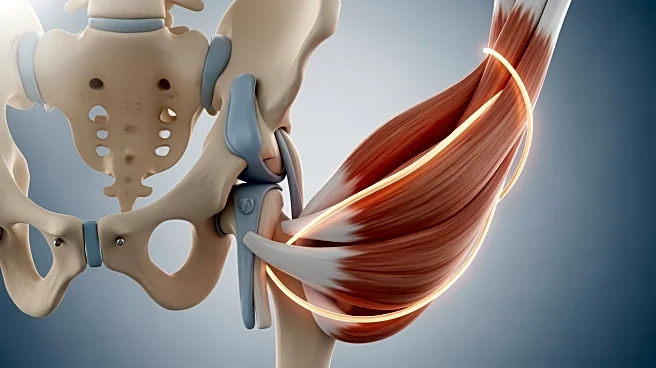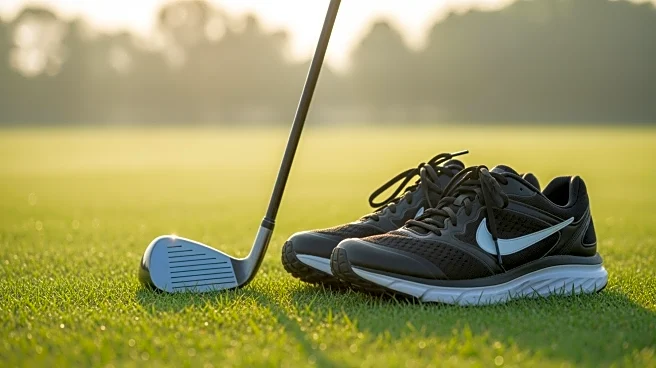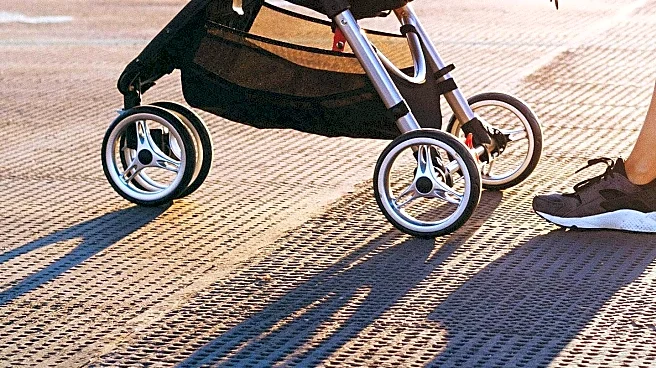What's Happening?
A recent study has examined the effects of targeted hip abductor fatigue on trunk and lower limb biomechanics during single-leg landing. The research found that fatigue led to increased hip abduction angle, decreased external hip abduction moment, and compensatory
adjustments in trunk and pelvic movements. These changes suggest a complex biomechanical response involving the entire kinetic chain, rather than a uniform increase in injury risk. The study highlights the importance of viewing landing biomechanics as an integrated system, with fatigue at the hip abductor level triggering compensatory strategies across the trunk, pelvis, and distal joints.
Why It's Important?
Understanding the biomechanical adaptations to hip abductor fatigue is crucial for developing effective injury prevention strategies, particularly for athletes. The study's findings suggest that fatigue can alter joint loading patterns, potentially increasing the risk of injuries such as ACL tears. By identifying compensatory strategies, the research provides insights into how neuromuscular training can be tailored to enhance stability and reduce injury risk. This knowledge is valuable for sports medicine professionals and coaches aiming to optimize training programs and improve athlete safety.
What's Next?
Future research may focus on expanding the study to include diverse populations, such as female athletes, to better understand gender-specific responses to fatigue. Additionally, incorporating direct measurements of hip abductor strength and analyzing the trajectory of the center of mass could provide further insights into global movement strategies during landing. These studies could refine injury prevention programs and contribute to more personalized approaches in sports training.
Beyond the Headlines
The study raises questions about the traditional view of hip abductor fatigue as merely simulating muscular weakness. The observed compensatory strategies suggest a more complex interaction between neuromuscular control and joint loading, which could influence how fatigue-related biomechanical changes are interpreted in clinical settings. This research may prompt a reevaluation of current injury prevention practices and encourage a more nuanced understanding of fatigue's impact on biomechanics.














